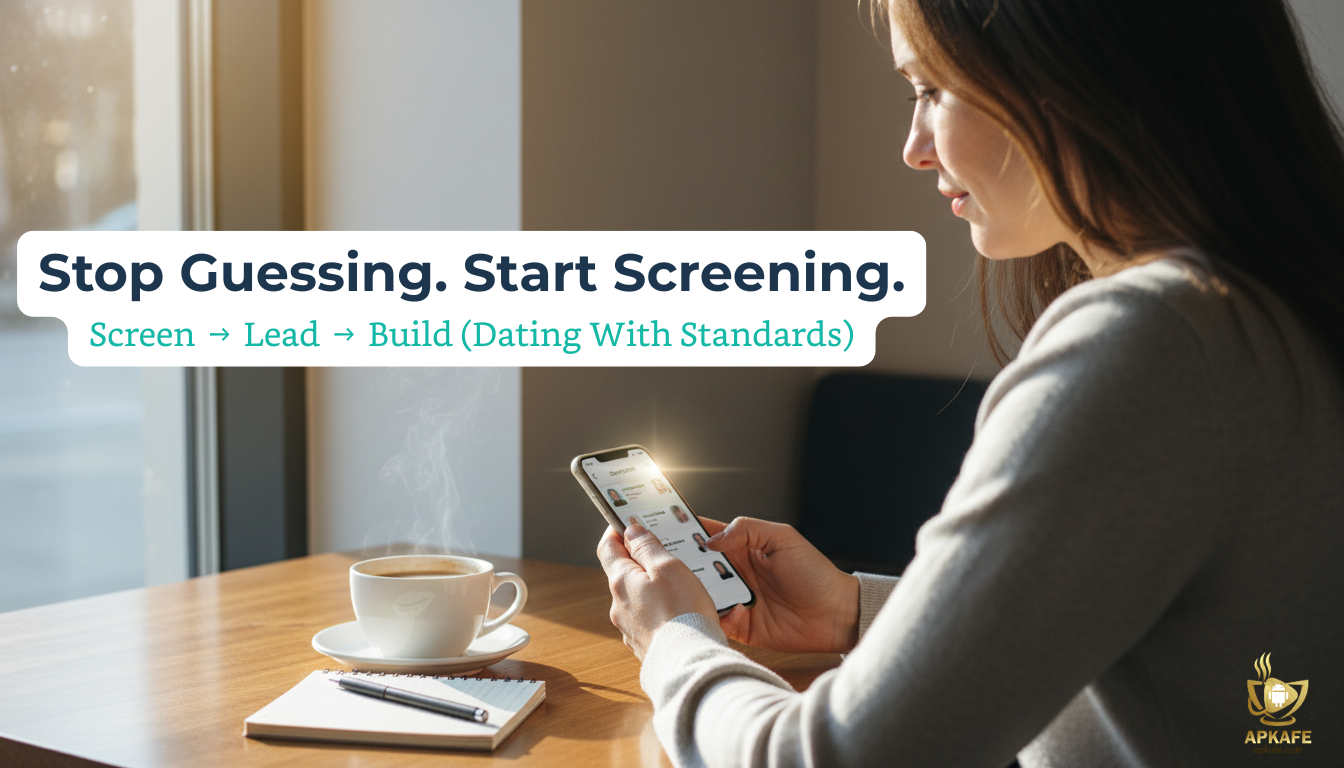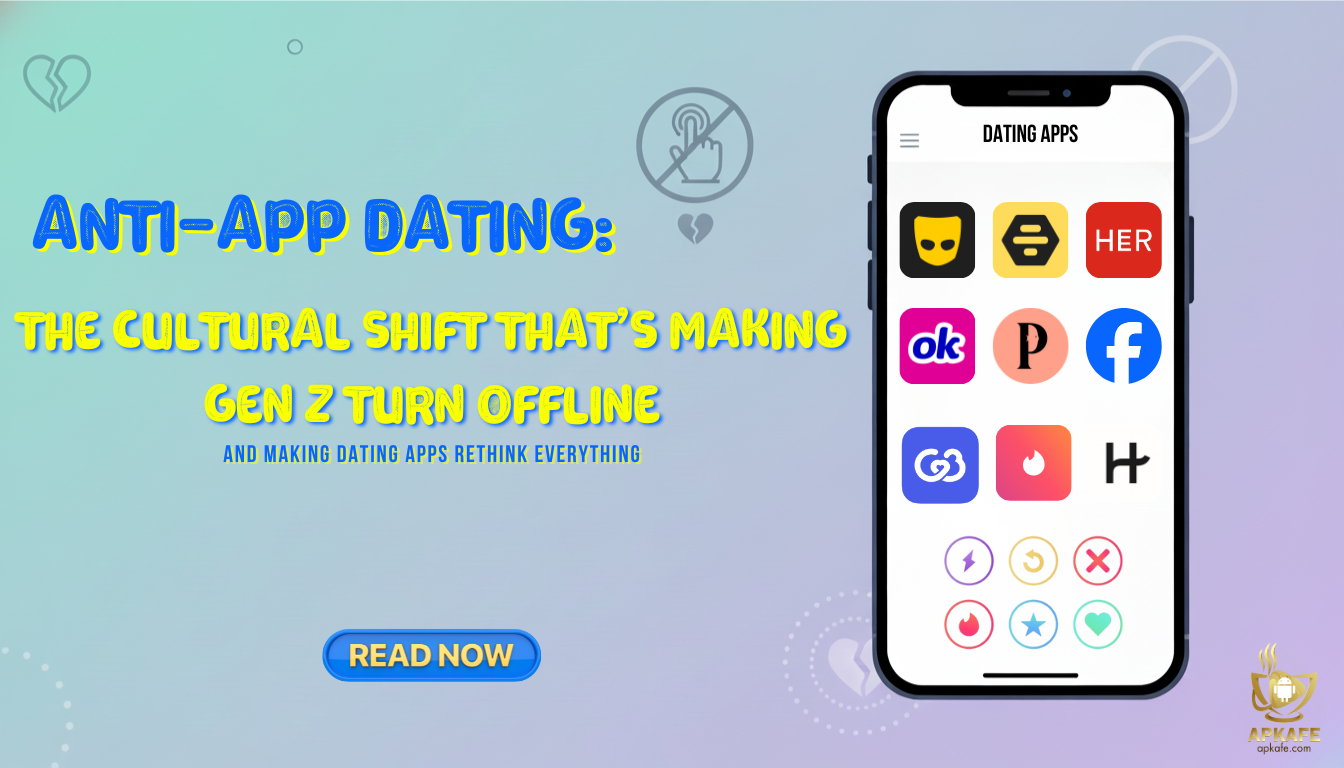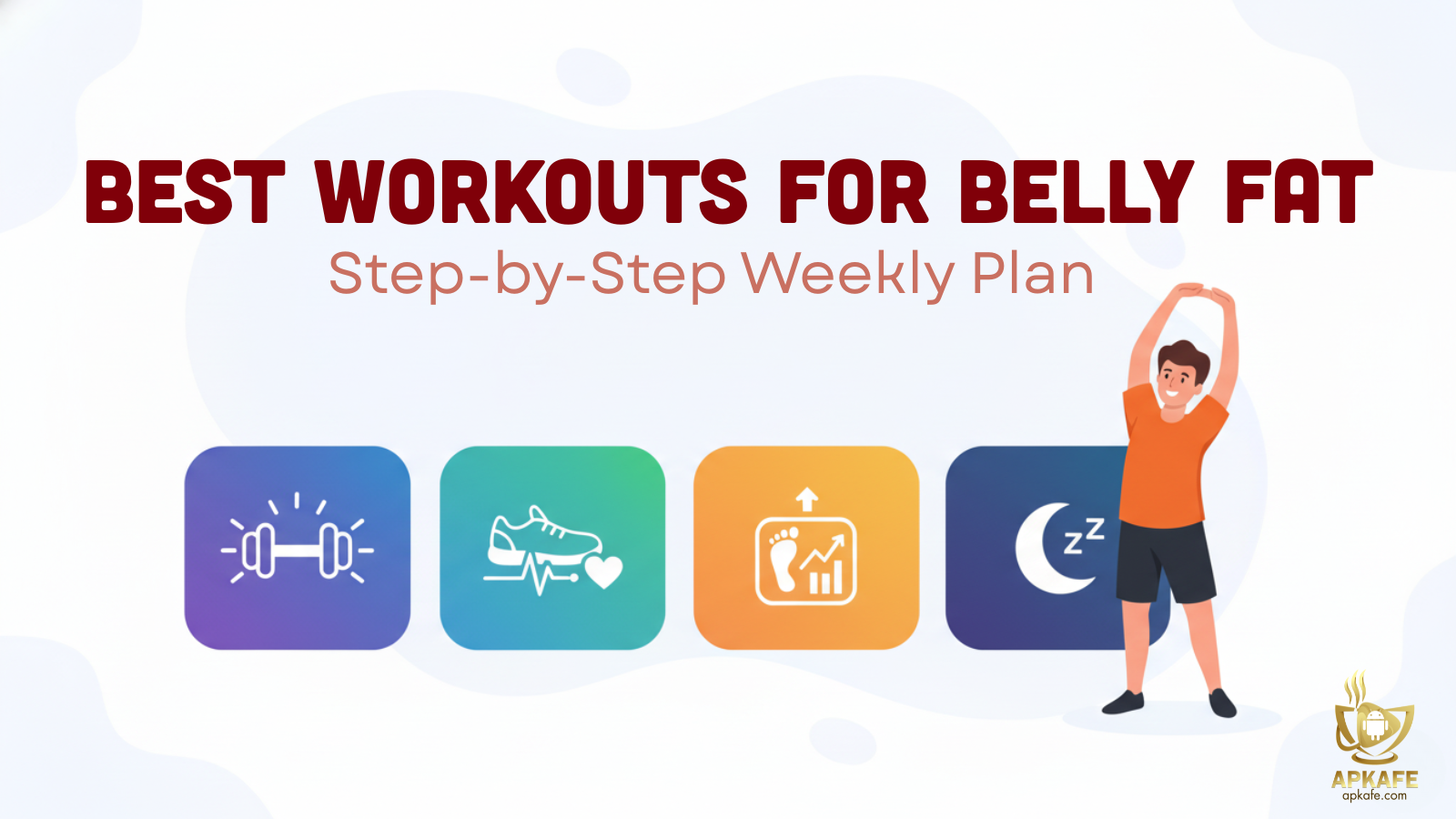What to Do When Your Child Comes Out — A Step-by-Step Guide for U.S. Parents
When your child comes out, everything can feel like it changes in a single heartbeat. You love them deeply — but you may also feel unprepared, unsure what to say, or how to make them feel safe. This guide helps U.S. parents turn that moment of uncertainty into one of love, understanding, and growth. You’ll learn what to say, how to listen, and how to support your LGBT child — both emotionally and safely, especially in today’s digital world.
🌈 The Moment That Changes Everything
It often happens in the quietest moments.
Dinner’s ready, the table’s set, and your child takes a deep breath.
“Mom, Dad… there’s something I need to tell you. I’m gay.”
For a second, the world stands still.
The clatter of cutlery fades, and time feels both frozen and fragile.
A thousand thoughts rush in at once —
“Did I do something wrong?”
“Will they be safe?”
“What do I say now?”
If this feels familiar, you’re not alone.
Every year, thousands of parents across the U.S. live through this same moment —
the same pause, the same heart racing between fear and love.
But here’s the truth no one prepares you for:
This moment isn’t just your child’s “coming out.”
It’s also your invitation in —
an opportunity to show love, trust, and acceptance when it matters most.
💬 Psychologist insight:
“When a child comes out, they’re not testing you — they’re choosing you. The moment you respond with warmth, you teach them what safety feels like.”
That’s why this guide exists —
to help you navigate that first silence, the right words, and the small actions that build lifelong trust.
🎯 This guide walks you through five essential steps to respond with empathy, clarity, and courage — plus a practical Safety & Privacy Checklist for LGBT teens navigating the digital world safely.
Because when love leads, fear loses.
🌈 Step 1 — Pause, Listen, and Honor Their Courage
The first thing your child needs is not advice — it’s space.
Coming out is rarely impulsive; it’s something they’ve rehearsed for weeks, maybe even years.
Before you respond, pause.
Take a breath.
What you do next can define how safe your child feels for a long time.
💞 Why Pausing Matters
When your child says, “Mom… I’m gay,” their heart is racing faster than yours.
This moment didn’t happen randomly — it took courage, planning, and trust.
💬 Psychologist Insight: “When parents pause before reacting, they create emotional safety — and emotional safety is the foundation of long-term trust.”
So instead of trying to say the right thing immediately, just say something real.
“Thank you for trusting me with this.”
That sentence doesn’t solve everything, but it opens the door to everything good that follows.
🧘♀️ How to Listen Without Rushing to Fix
Most parents react fast — not out of rejection, but out of fear.
You might worry: What if they get hurt? What if people judge them?
But fixing too soon can sound like disbelief.
💡 Try this instead:
- Maintain gentle eye contact.
- Let them finish speaking before you ask anything.
- Keep your tone calm, even if your heart is racing.
Listening is not passive — it’s active empathy.
It tells your child, “You’re safe here, even when I don’t have all the answers.”
📊 What Listening Really Changes
Real stories show how listening transforms relationships.
When 15-year-old Ava finally told her mom she liked girls, she expected silence.
Instead, her mom said softly, “I’ve always known — I was just waiting for you to be ready.”
That night, they cooked dinner together, and for the first time in months, Ava laughed freely.
This isn’t rare — it’s real.
According to The Trevor Project’s 2024 National Survey, 45% of LGBTQ+ youth said that having just one supportive adult dramatically improved their mental health outcomes.
Listening can literally save lives.
🧩 If you’re unsure what to say in those first few moments, our Guide to Talking with Religious Parents shares gentle language and real examples that help love come first — even in complex families.
🌱 Reflection — Listening as Love
To listen is to honor courage.
When your child comes out, they are trusting you with one of the most vulnerable truths they’ll ever share.
You don’t need to react perfectly — you just need to stay present.
Even silence, when grounded in warmth, is a form of love.
Because in that quiet, your child doesn’t hear judgment.
They hear safety.
And when safety is built, the next thing they need to hear — and believe — is “I love you.”
✨ Step 2 — Say “I Love You,” and Mean It
Those three words might be the most protective shield your child will ever have.
When you say,
“We love you — that doesn’t change anything,”
you’re not just reassuring them; you’re grounding them.
💖 Why Those Three Words Matter
According to the Pew Research Center (2023), 61% of U.S. parents say they “worry about saying the wrong thing” when their child comes out.
Yet only 18% have ever talked to an LGBTQ+ counselor or support group.
That gap shows one truth — most parents aren’t unloving; they’re just unprepared.
Fear often comes from not knowing where to start — not from lack of love.
That’s why even a single “I love you” can make a measurable difference.
📊 What Research Says About Unconditional Support
Studies from PFLAG and the Human Rights Campaign show that unconditional acceptance from family reduces depression and self-harm risk by nearly 50% among LGBTQ+ teens.
A single message of love — repeated, consistent, and calm — becomes a safety net that follows your child everywhere.
💬 Pro Insight: Parents don’t have to agree with everything overnight. What matters most is that your child feels seen before they feel corrected.
🌱 How to Turn Love Into Action
Follow your “I love you” with openness and curiosity:
“We’re still learning — can you help us understand what support feels like for you?”
That single question transforms a tense moment into a learning partnership.
It shows your child you’re willing to evolve with them, not just tolerate their truth.
🧩 For real-life inspiration, read Elliot Page Coming Out Lessons for Parents — a story that turns fear into empathy and silence into strength.
💡 Expert Reflection
Love doesn’t erase confusion — it holds space for it.
You don’t need the perfect words, just the steady ones.
Because in the moment your child says “I’m gay,” what they’re really asking is,
“Am I still safe here?”
and your “I love you” answers that question better than anything else ever could.
Once love has been spoken, the next step is understanding — learning how to ask instead of assume.
🌈 Step 3 — Ask, Don’t Assume: “How Can We Support You?”
Parents naturally want to do something — fix, protect, advise.
But coming out isn’t a crisis; it’s communication.
Learning to ask — not assume — turns fear into understanding.
🗣 Why Asking Matters More Than Answering
When your child opens up, what they need most isn’t instant solutions — it’s emotional permission.
A simple, “What do you need from me right now?” is often more healing than an hour-long lecture.
📊 Insight: According to the Family Acceptance Project (2023), LGBTQ+ youth who feel emotionally supported by parents are 40% more likely to report higher self-esteem and significantly lower anxiety levels.
Your child doesn’t expect you to know everything; they just want to feel you’re willing to learn.
💬 The Power of Gentle Questions
Replace control with curiosity.
Here are questions that keep communication open:
- “What kind of support would feel helpful right now?”
- “Are there things you’d prefer we keep private?”
- “Would you like us to learn more about this together?”
Each question gives your child agency — a sense that this story still belongs to them.
🧩 Pro Insight: Asking restores dignity; assuming takes it away.
⚠️ Pitfalls to Avoid When Trying to Help
It’s easy to overstep with good intentions.
Avoid contacting teachers, counselors, or relatives without consent — this breaks trust fast.
Coming out belongs to your child — not the neighborhood, not Facebook, not even extended family.
When parents rush to “manage” the situation, kids learn to hide again.
Sometimes, silence isn’t distance — it’s safety.
📘 Understand Before You Advise
Many parents worry about the social or legal challenges their child might face.
But knowledge brings calm.
Learning the basics about LGBTQ+ rights and identity can turn fear into clarity.
💡If you want to understand how laws shape equality today, explore the Same-Sex Marriage in the U.S. Guide — it offers clear context for parents navigating modern family conversations.
When you learn, your child sees that their truth isn’t a threat — it’s a topic worth understanding.
🌱 Reflection — The Gift of Asking
One dad in Denver once asked his son,
“What do you need from me right now?”
The boy replied,
“Just don’t look disappointed.”
That single exchange changed everything.
It reminded him that parenting isn’t about fixing — it’s about staying.
When you ask gently, you tell your child:
“Your story is safe with me.”
And sometimes, that’s the only answer they need.
🌈 Step 4 — Learn Together: The Modern LGBT Landscape
Your child’s identity isn’t just emotional — it’s social, digital, and cultural.
Today’s teens often explore connections through dating apps and online communities.
Rather than banning them, focus on understanding and safety.
💞 Why “Learning Together” Builds Trust
When parents step into their child’s world with curiosity instead of judgment, walls start to fall.
You don’t need to be an expert in apps, slang, or identity terms — just willing to learn beside them.
One mom from Seattle once told us she didn’t even know what “Grindr” was — until her son explained it over dinner.
“It wasn’t about the app,” she said later. “It was about finally speaking the same language.”
That moment turned anxiety into connection.
💬 Insight: Curiosity doesn’t weaken authority; it strengthens connection.
📊 What the Numbers Say About Digital Belonging
The online world isn’t the enemy — it’s often the first place queer teens feel safe.
According to GLSEN’s 2024 School Climate Report, 73% of LGBTQ+ youth say online support groups help them feel less alone, and nearly half credit those spaces with improving self-esteem.
🌐 These online communities often replace what schools or families can’t yet provide — empathy and representation.
That’s why banning or shaming these platforms often pushes your child deeper into secrecy.
Guidance, not restriction, builds trust.
📱 Understanding the Apps — What Parents Should Know
| App | What It’s For | Parent Insight |
|---|---|---|
| Grindr / Scruff | Mostly used by gay men; location-based; anonymity can invite risk. | Learn about its visibility settings and block features before judging. |
| Bumble / Hinge / OkCupid | Inclusive apps supporting all genders; allow clear visibility and intent settings. | Co-review privacy settings with your child; these apps encourage clarity. |
| Tinder | Widely used by young adults; includes orientation filters and “Safety Center” resources. | Teach your teen to use “Report” and “Unmatch” confidently when needed. |
🧩 To explore app safety and inclusivity in depth, check out Top Dating Apps for Gay Men in the U.S. — a guide that explains features, privacy tools, and risks clearly for parents.
💡 Note: Many LGBTQ+ teens use these apps not for dating, but to find friends, community, or self-acceptance.
Shaming creates silence; learning together creates safety.
🧭 How to Talk About Apps Without Fear
Instead of interrogating —
“Are you using those apps?”
try curiosity:
“I’ve heard about apps where LGBT people connect. How do you decide what feels safe online?”
That single change — from accusation to interest — transforms the entire tone.
You’re no longer the gatekeeper; you’re a guide.
💬 Therapist insight: When parents join digital conversations instead of policing them, kids stop hiding and start teaching.
🌱 Reflection — The Parent as Learner
Learning together isn’t about catching up — it’s about catching on.
Your child doesn’t need you to understand every acronym or app setting.
They just need to see that your love evolves as they do.
Ask. Listen. Learn again tomorrow.
That’s what modern parenting looks like.
🌐 Step 5 — Check Privacy Settings Together (Digital Safety 101)
Online safety is parenting’s new frontier.
Whether your child is 16 or 21, the goal is simple: help them make technology an ally — not a trap.
Safety doesn’t start with control; it starts with conversation.
🔒 Why Privacy Matters More Than Policing
Most parents fear the unknown parts of the internet — but your child already lives there.
The more you ban, the less they’ll share.
Instead, make privacy a shared project, not a secret mission.
💬 Therapist insight: “Kids who feel included in safety decisions are twice as likely to practice them.”
So, instead of setting rules behind their back, say:
“Can we go through these settings together? I’d love to understand how you use this.”
That one sentence replaces judgment with partnership.
✅ Safety & Privacy Checklist (Parents + Teens)
- Keep personal info private:
Never share home addresses, school names, or phone numbers in dating profiles. - Use privacy toggles:
Disable location tracking once you’ve met someone; most apps allow control over GPS visibility. - Protect personal images:
Avoid sending photos until real-world trust is established. - Meet in public:
Choose coffee shops, campus areas, or community spaces for first meetings. - Tell a trusted person:
Always share meeting details with a family member or friend. - Use “Block” and “Report” features:
Encourage your teen to act early — safety over politeness. - Review permissions monthly:
Check app access to camera, mic, and contacts.
For an in-depth look at how leading platforms manage visibility and safety, see Top Dating Apps for Gay Men in the U.S. — it explains which settings matter most for privacy.
💬 How to Talk About Digital Safety Without Fear
Safety talks don’t have to sound like interrogations.
Instead of “Are you using that app?” try:
“What makes you feel safe when you’re online?”
That single question moves the tone from control → cooperation.
🎯 Pro Tip: Start from shared curiosity.
Say:
“I’ve heard some apps let you hide your profile or turn off location. Do you use those settings?”
It’s not about testing them — it’s about teaching them self-protection through awareness.
🧠 Build Safety, Not Shame
Online risks are real — but fear shouldn’t run the show.
The goal isn’t to scare your teen into obedience; it’s to give them the tools to protect themselves with confidence.
💡 Statistic: A 2023 Pew study found that 67% of LGBTQ+ teens who discuss digital safety with parents are less likely to experience online harassment.
Remember: empowerment lasts longer than restriction.
When your child learns that safety is something you do together, they internalize responsibility — not fear.
🌱 Reflection — Turning Safety Into Trust
Digital safety isn’t about snooping.
It’s about showing up.
Each time you co-check an app or talk through a scenario, you’re not invading privacy — you’re proving love in action.
One mom said after reviewing her daughter’s app settings, “It wasn’t about control anymore. It was about connection.”
That’s what true safety sounds like.
Because once the privacy settings are set and the apps are safe, what really matters is what happens next — keeping the conversation alive.
🌈 Step 6 — Keep Talking After the First Conversation
Coming out is a chapter, not a one-time scene.
Your child’s story will evolve — and so should your understanding.
Real love isn’t proven in a single talk; it’s practiced in small conversations, again and again.
💞 Make Support a Consistent Habit
Support isn’t about one “big talk.”
It’s about showing up — in everyday words, reactions, and silence.
💬 Example:
When your child casually mentions a crush or a new friend, treat it just as you would any other relationship talk.
That’s how you show equality without making it a “special topic.”
“How are things going with your friends lately?”
“What’s been making you smile recently?”
These simple, nonjudgmental check-ins teach your child that home is safe every day, not just on ‘coming out’ day.
🌐 Find Community — You’re Not Alone
Many parents believe they have to “figure it all out” by themselves.
But community is healing — and you’ll learn faster by listening to others walking the same path.
🧩 Explore PFLAG’s Parent Resources — a national network where parents share experiences, ask questions, and grow together.
Attending a local PFLAG chapter, joining an online group, or even following affirming educators on social media can give you perspective and relief.
💡 Therapist note: “When parents connect with other supportive families, their children’s anxiety drops significantly — because they see love is a community value, not just a private hope.”
🎉 Celebrate Growth — Big and Small
Don’t wait for milestones like Pride Month or birthdays to show support.
Celebrate small wins — honesty, bravery, progress.
Examples:
- Cook your child’s favorite meal after a difficult week.
- Watch an LGBTQ+ documentary together.
- Attend a local Pride event — not performatively, but as shared learning.
These gestures remind your child that their identity is not tolerated; it’s welcomed.
🧠 Insight: Consistent celebration normalizes identity and strengthens resilience. Kids who feel seen grow stronger — and more open.
🌱 Reflection — Love That Keeps Learning
You don’t have to become an LGBTQ+ expert overnight.
What matters is showing that you’re learning with your child, not about them.
“Every conversation is a chance to understand more, love better, and fear less.”
Support is not a statement; it’s a pattern.
Every small moment of listening teaches your child one truth:
Home is safe.
And when home is safe, the world outside becomes just a little less scary.
Because in the end, this journey isn’t only about your child coming out — it’s about your family growing closer through truth and trust.
Common Pitfalls and Therapist Tips
❌ Mistake 1: Pretending Nothing Happened
Silence feels like denial.
✔ Fix: Acknowledge gently — “I’m glad you told us; how are you feeling today?”
❌ Mistake 2: Treating Coming Out as a Secret
Shame grows in secrecy.
✔ Fix: Normalize it in conversation just as you would any aspect of your child’s life.
❌ Mistake 3: Blaming the Internet or Friends
Identity isn’t “influenced into existence.”
✔ Fix: Learn the difference between orientation (who we are) and influence (what we consume).
Safety & Privacy Block (Quick Reference)
- Meet new people only in public, well-lit places.
- Tell family or friends before leaving.
- Keep private details (phone, address, school) off apps.
- Use block/report immediately if you feel unsafe.
- Review privacy settings monthly.
- Never accept rides from strangers met online.
- Leave any situation that feels uncomfortable — your safety > politeness.
FAQs — Parents’ Most Asked Questions
1️⃣ What if I reacted poorly the first time?
It’s okay. Apologize: “I spoke from shock, not from who I want to be.” Vulnerability rebuilds trust faster than perfection.
2️⃣ Should I tell relatives or friends?
Only with your child’s consent. Coming out is personal; disclosure without permission can break trust.
3️⃣ I’m afraid my child will face discrimination. Should I restrict their dating life?
No. Guidance beats restriction. Teach privacy and consent instead of fear.
4️⃣ I don’t understand the LGBT community — where do I start?
Read together. Try Elliot Page Coming Out Lessons or Top LGBT Dating Apps in the U.S. for accessible insights.
5️⃣ My religious beliefs conflict with my child’s identity. What now?
Faith and love can coexist. Start with empathy; check Guide to Talking with Religious Parents for balanced approaches.
Conclusion — Love First, Learn Always
Coming out is not just your child’s story — it’s yours too.
Every word, every silence, every hug writes the chapter of how your family grows through truth.
When in doubt, return to this mantra:
“I don’t need to have all the answers. I just need my child to know I’m here.”
Because in the end, love spoken aloud is the safest place a child can ever come out into.
🌅 Congratulations
You’ve arrived — and now you know what love looks like with calm, curiosity, and courage.
Along the way, you’ve learned to listen before you react, ask questions before you assume, and support without fear.
The reward? A stronger bond, a safer home, and a child who knows they are loved — not in spite of who they are, but because of that love.
❓ Have you had this conversation yet?
Share your story — your honesty might help another parent take their first step.
🔗Keep Learning, Keep Loving — More Stories on APKAFE
- Guide to Talking with Religious Parents
- Elliot Page Coming Out Lessons for Parents
- Top LGBT Dating Apps in the U.S.
- Same-Sex Marriage in the U.S. Guide
User Reviews











